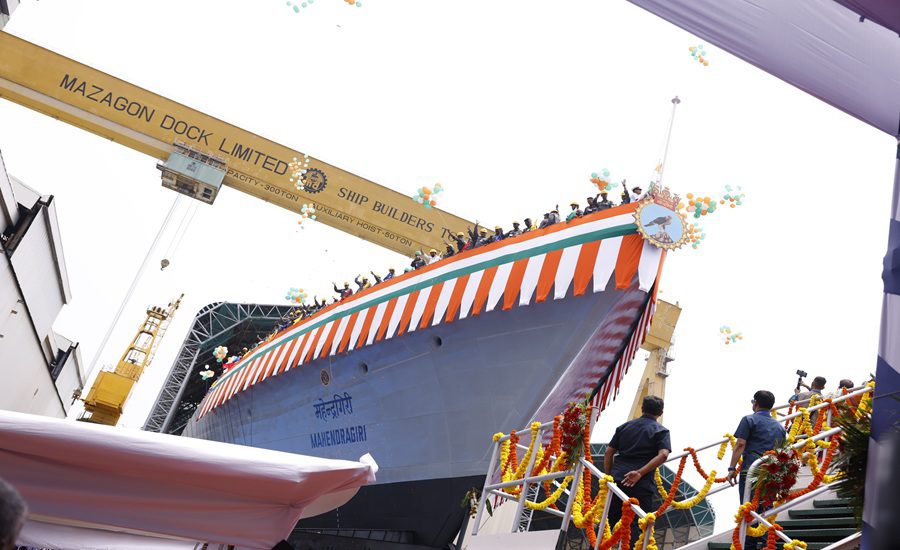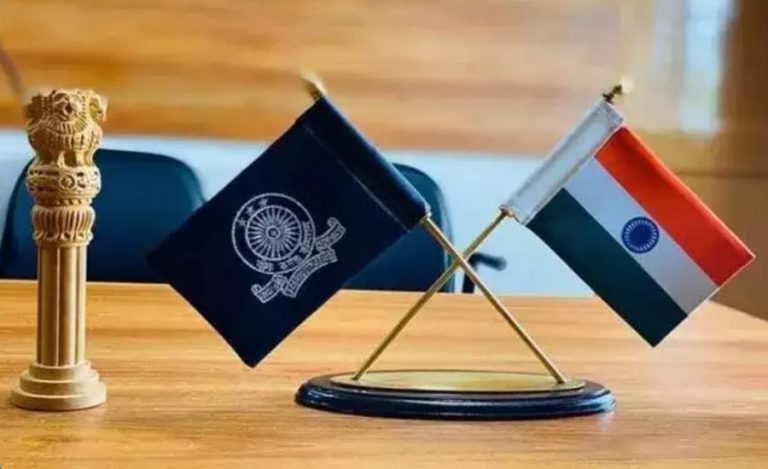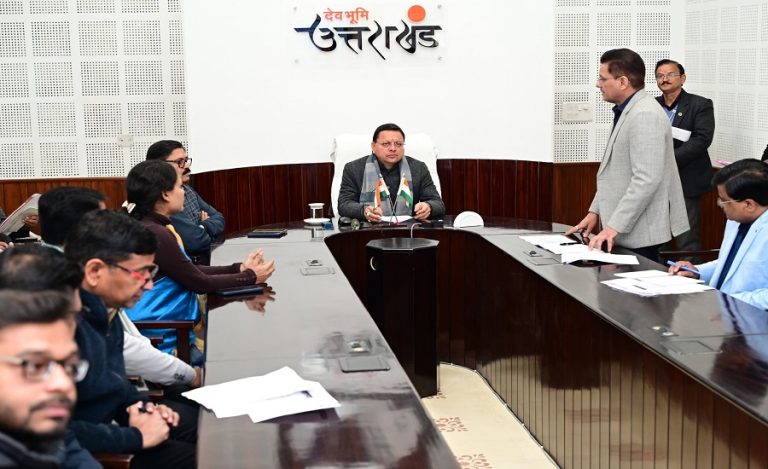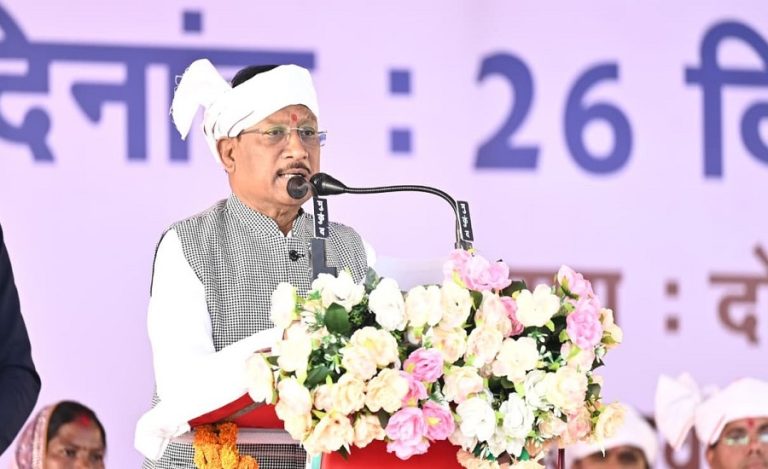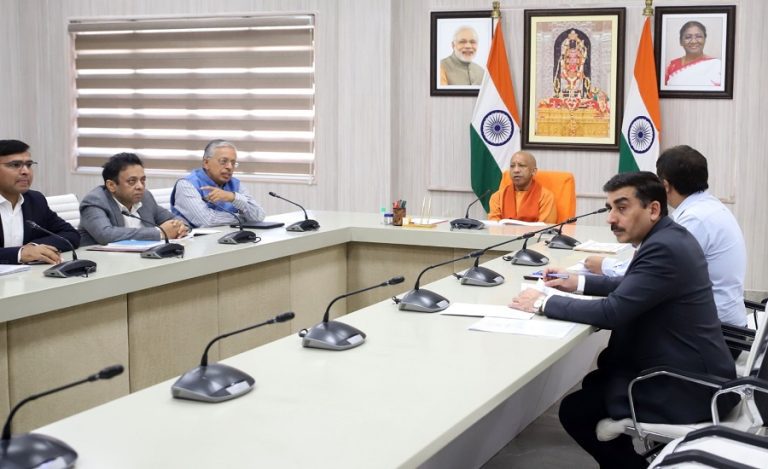New Delhi, July 2025 – India is poised to complete a major chapter in its indigenous warship program with the upcoming delivery and commissioning of INS Mahendragiri, the seventh and final stealth frigate under Project 17A. Built at Mazagon Dock Shipbuilders Ltd. (MDL) in Mumbai, the vessel is expected to be delivered by February 2026 and commissioned shortly thereafter.
The ship represents a significant stride in India’s naval self-reliance efforts, with approximately 75% of its components indigenously sourced. Its construction and design are a testament to the growing capabilities of India’s defence production ecosystem.
A Frigate Designed for Stealth and Strength
INS Mahendragiri is part of the Nilgiri-class, a series of advanced guided-missile stealth frigates conceived as successors to the Indian Navy’s earlier Shivalik-class ships. Designed by the Navy’s Warship Design Bureau, these frigates incorporate improved stealth features, enhanced sensors, and a superior weapons package tailored for multi-mission capabilities.
Each vessel in the class is 149 meters long, displaces approximately 6,670 tonnes, and can reach top speeds of 28 knots. The seven ships under Project 17A are being constructed at two shipyards—four at MDL in Mumbai and three at Garden Reach Shipbuilders & Engineers (GRSE) in Kolkata. All seven are scheduled for delivery by the end of 2026.
Also Read: Massive Naval Expansion on Horizon: India Plans 17 Warships, 9 Submarines in ₹2.4 Lakh Cr Upgrade
Equipped for Combat and Surveillance
Like its sister ships, Mahendragiri carries a formidable suite of weaponry and surveillance systems. Its arsenal includes BrahMos supersonic surface-to-surface missiles and Barak surface-to-air missiles, co-developed by India and Israel. In addition, the ship features torpedoes, rocket launchers, AK-630 close-in weapon systems (CIWS), and a 76 mm main gun for a robust offensive and defensive capability.
To support versatile operations, the ship integrates a Combined Diesel or Gas (CODOG) propulsion system. This system combines diesel engines and gas turbines with controllable pitch propellers, allowing for improved manoeuvrability. An integrated helicopter facility further extends its maritime reach.
Built in Record Time Using Modular Techniques
Mahendragiri was built using an “integrated construction” approach. The modular blocks were pre-outfitted before being assembled into the final structure, significantly reducing the timeline for completion. Thanks to this methodology, the ship was completed in a record time of just 14 months. This accelerated production model is being used across the class and has helped India meet its targeted delivery schedule.
Project 17A frigates are designed to operate in open-ocean (blue-water) environments. They are capable of countering both traditional and asymmetric threats across the Indian Ocean Region and beyond. The induction of these vessels significantly enhances India’s maritime surveillance, deterrence, and rapid response capabilities.
With advanced stealth features, high endurance, and a multi-role weapons suite, the Nilgiri-class represents a generational leap in Indian naval architecture. Their induction contributes meaningfully to India’s aim of becoming a maritime power with indigenous design and production at its core.
Final Step in a Transformational Naval Program
The commissioning of INS Mahendragiri in early 2026 will conclude Project 17A, which has not only produced a new class of highly capable warships but also advanced India’s long-term defence indigenisation objectives. As a critical milestone in India’s journey toward self-reliance in naval manufacturing, Mahendragiri’s arrival will bolster national security and cement India’s place as a capable builder of next-generation warships.
Also Read: ICG Ship Rajveer Rescues Two Crew Members from U.S. Yacht in Andaman Waters

